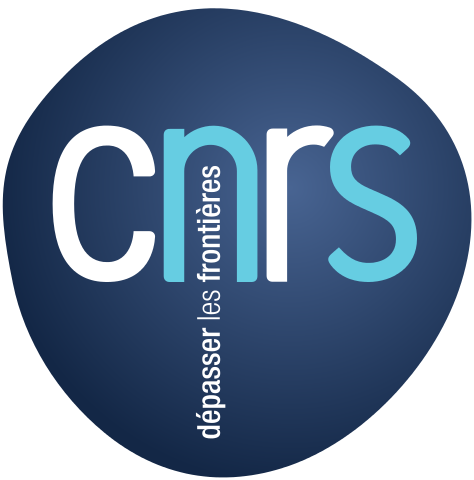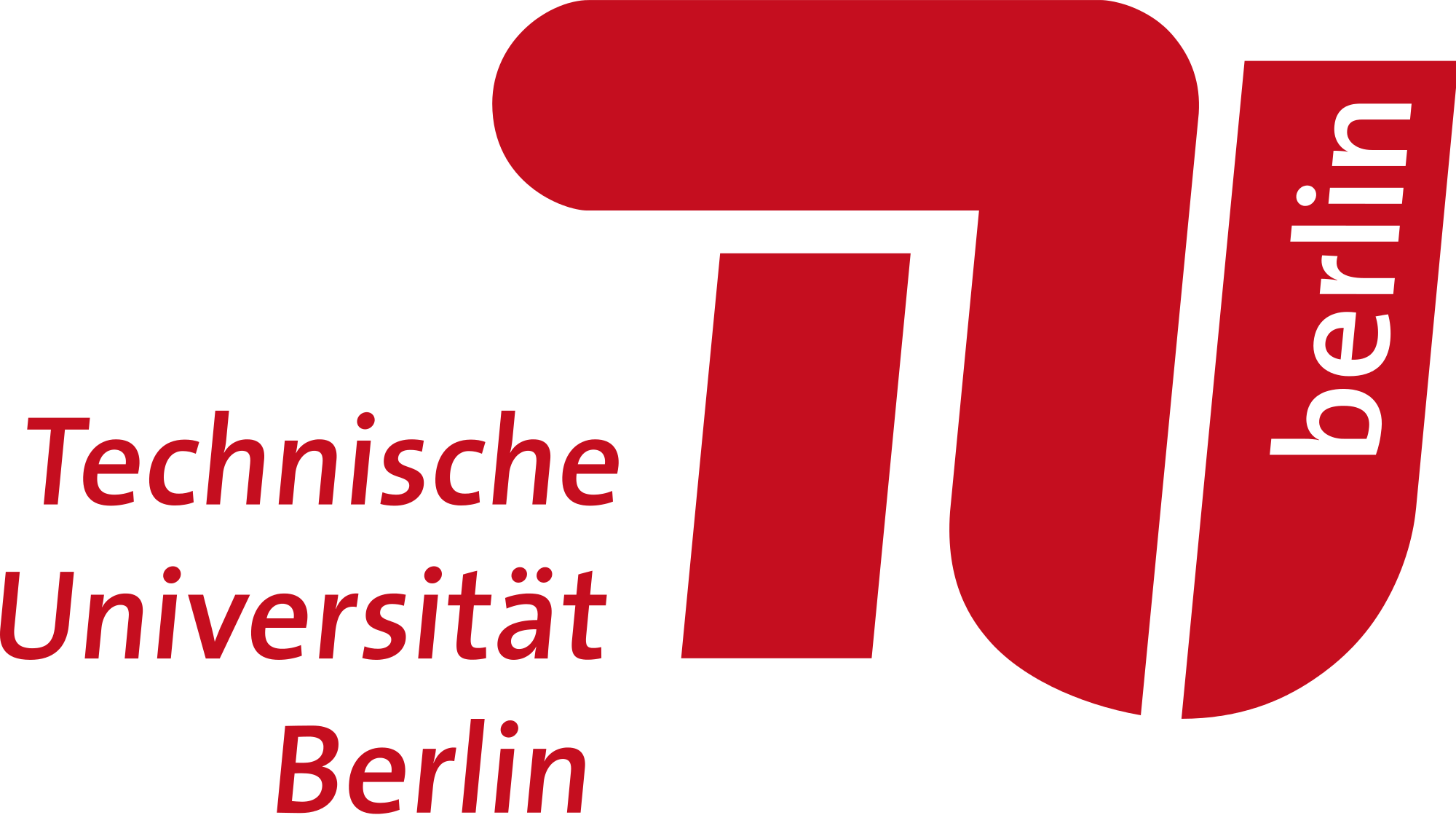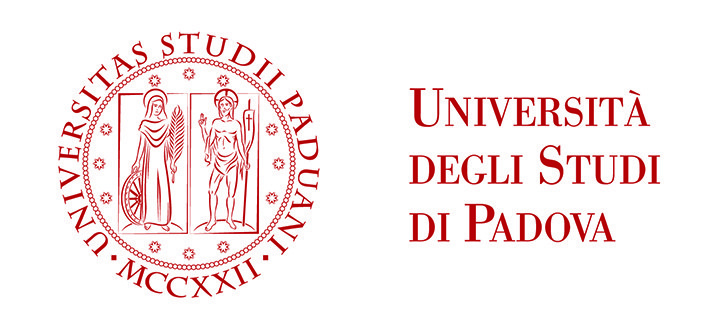Centre National de la Recherche Scientifique, France - Coordinator
 The team "Aggregates, Interfaces and Materials for Energy" (AIME) at the Institute for Molecular Chemistry and Materials (ICGM) is a joint research unit of CNRS (French National Research Organisation) and the University of Montpellier. It associates competence in innovative synthesis routes to hierarchical materials with tailored architecture and in surface reactivity and the chemistry of interfaces, with complementary theoretical and experimental approaches applied to energy storage and conversion and environmental remediation processes. The perspectives of the research are two-fold: elaboration of original materials enabling emerging energy technologies and the study of the interfacial properties and mechanisms governing exchange of energy and matter at interfaces.
The team "Aggregates, Interfaces and Materials for Energy" (AIME) at the Institute for Molecular Chemistry and Materials (ICGM) is a joint research unit of CNRS (French National Research Organisation) and the University of Montpellier. It associates competence in innovative synthesis routes to hierarchical materials with tailored architecture and in surface reactivity and the chemistry of interfaces, with complementary theoretical and experimental approaches applied to energy storage and conversion and environmental remediation processes. The perspectives of the research are two-fold: elaboration of original materials enabling emerging energy technologies and the study of the interfacial properties and mechanisms governing exchange of energy and matter at interfaces.
The fuel cells and hydrogen materials and devices research programme at CNRS Montpellier (ICGM-AIME) has been developed over the past 20 years and currently encompasses activities on materials and cell developments for proton exchange membrane and proton ceramic fuel cells, PEM and alkaline electrolysis and hydrogen generation from liquid fuels as well as hydrogen sensors. One driver for this research is the future use of fuel cells in automotive and stationary applications, and the group plays a particularly active role in the European Fuel Cells and Hydrogen Joint Undertaking (Joint Technology Initiative).
Further information on CNRS can be found at http://www.aime.icgm.fr
Johnson Matthey Fuel Cells Ltd, United Kingdom
![]() Johnson Matthey plc (JM) is a speciality chemicals company and a leader in sustainable technologies that uses its expertise in advanced materials and technology to innovate and improve solutions that are valued by our customers. JM has 12,500 employees in over 30 countries, and an underlying profit before tax in 2015/16 of £386.3m. Major products include emission control catalysts and systems for vehicles and industry, process catalysts and technology for the oil refining, gas processing and petrochemical industries, fine chemicals, active pharmaceutical ingredients (APIs) and materials and components for new energy systems including advanced batteries and fuel cells. JM was named as Britain’s “Most Admired Company” in Management Today’s peer voted awards in December 2014.
Johnson Matthey plc (JM) is a speciality chemicals company and a leader in sustainable technologies that uses its expertise in advanced materials and technology to innovate and improve solutions that are valued by our customers. JM has 12,500 employees in over 30 countries, and an underlying profit before tax in 2015/16 of £386.3m. Major products include emission control catalysts and systems for vehicles and industry, process catalysts and technology for the oil refining, gas processing and petrochemical industries, fine chemicals, active pharmaceutical ingredients (APIs) and materials and components for new energy systems including advanced batteries and fuel cells. JM was named as Britain’s “Most Admired Company” in Management Today’s peer voted awards in December 2014.
Further information about Johnson Matthey and Johnson Matthey Fuel Cells is available at:
JM: http://matthey.com/
JMFC: http://www.jmfuelcells.com/
JM's history on a video: https://www.youtube.com/watch?v=VYIEBT3WzpE
Bayerische Motoren Werke AG, Germany
![]() BMW Group is a global manufacturer of premium class automobiles and motorcycles, covering the BMW, MINI and Rolls-Royce brands. In 2014 ca. 2,167 million automobiles and over 134,000 motor cycles were sold worldwide at total revenues of approximately €67 billion. The BMW headquarters are located in Munich and German production sites include Munich, Regensburg, Dingolfing, Leipzig, Berlin and Landshut. BMW also has major production sites in Austria, South Africa, USA, Great Britain and China.
BMW Group is a global manufacturer of premium class automobiles and motorcycles, covering the BMW, MINI and Rolls-Royce brands. In 2014 ca. 2,167 million automobiles and over 134,000 motor cycles were sold worldwide at total revenues of approximately €67 billion. The BMW headquarters are located in Munich and German production sites include Munich, Regensburg, Dingolfing, Leipzig, Berlin and Landshut. BMW also has major production sites in Austria, South Africa, USA, Great Britain and China.
In Munich, BMW operates its own research and development centre (FIZ, Forschungs- und Innovationszentrum, engl. Research and Innovation Centre), in which approximately 8,500 engineers are developing future cars and are conducting research and pre-development on various types of vehicles, systems and infrastructure designs. BMW Group´s expenditures for R&D summed up to €4.15 billion in 2014. Since BMW has a long tradition in participating in joint research programmes, its associates are very experienced in conducting and participating in national and European funded projects.
Further information about BMW group is available at: http://www.bmwgroup.com
Technische Universität Berlin, Germany
 The Technical University Berlin (TUB) is a tier-one Science and Engineering school.
The Technical University Berlin (TUB) is a tier-one Science and Engineering school.
The Electrochemical Energy, Catalysis, and Materials Science Laboratory at the TUB (head: Prof. Peter Strasser) studies surface electrocatalytic reaction processes at the liquid/solid interface on well-defined extended and nanostructured materials, mainly working on fundamental and applied aspects of obtained materials. Specific tasks include i) wet-chemical synthesis of well-defined and nanoscale metal catalysts as well as noble metal free nitrogen-doped carbon catalysts, and ii) evaluation of the electrocatalytic activity and stability of the new materials. Furthermore, the group has much expertise in the design and preparation of nanostructured particle catalysts of metallic or oxidic nature. The laboratory uses advanced analytical tools to characterise the geometric and electronic structure of new catalyst materials – ex situ and in situ analytical techniques (TPD, Raman, XPS, SAXS). Strong focus has been the use of synchrotron scattering and spectroscopic methods as well as electron microscopy methods to characterise the nanostructured catalytic materials.
Further information on TUB can be found at http://www.tu-berlin.de/ and video on the group activities available here
Imperial College London, United Kingdom
![]() Imperial provides world class scholarship, education and research in science, engineering, management and medicine. Imperial is consistently ranked one of the top universities in the world with most rankings placing it in the top 10 globally. ICL has over 6,000 academic staff and a student body over 12,000. At Imperial, the project will be developed at the Department of Chemistry in Professor Kucernak's group. In this group the main specialities are electrocatalyst synthesis and testing, creating novel electrochemical diagnostic techniques for, and developing, clean energy devices such as fuel cells, electrolysers, redox flow batteries, supercapacitors and battery systems.
Imperial provides world class scholarship, education and research in science, engineering, management and medicine. Imperial is consistently ranked one of the top universities in the world with most rankings placing it in the top 10 globally. ICL has over 6,000 academic staff and a student body over 12,000. At Imperial, the project will be developed at the Department of Chemistry in Professor Kucernak's group. In this group the main specialities are electrocatalyst synthesis and testing, creating novel electrochemical diagnostic techniques for, and developing, clean energy devices such as fuel cells, electrolysers, redox flow batteries, supercapacitors and battery systems.
Further information about Imperial College London is available at: www.imperial.ac.uk
Commissariat à l'Energie Atomique et aux Energies Alternatives, France
 CEA is a French research agency working in the field of energy. Its Fundamental Research Division has a strong activity in the development of novel materials for catalysis and PEMFC technology. The team "Solar Fuels, Hydrogen and Catalysis" (SolHyCat - led by Vincent Artero, Research director at CEA) at CEA Grenoble, is part of a joint CEA-CNRS-Université Grenoble Alpes joint research unit (JRU) called Laboratory of Chemistry and Biology of Metals. The SolHyCat team has over 15 years’ experience in bio-inspired catalysis for hydrogen production and oxidation and currently comprises 5 staff members and 8 post-docs and PhD students. The team focuses on the development of noble-metal free electro and photo(electro)catalytic systems related to HER, HOR and CO2 reduction. The discoveries arising from this research can be considered as breakthroughs in the field of energy applications, including hydrogen uptake and production. SolHyCat has a widely recognised international reputation in the field of molecular electrocatalysis and photoelectrocatalysis and has pioneered the development of bioinspired non-PGM HOR catalysts that will be further optimized in CRESCENDO.
CEA is a French research agency working in the field of energy. Its Fundamental Research Division has a strong activity in the development of novel materials for catalysis and PEMFC technology. The team "Solar Fuels, Hydrogen and Catalysis" (SolHyCat - led by Vincent Artero, Research director at CEA) at CEA Grenoble, is part of a joint CEA-CNRS-Université Grenoble Alpes joint research unit (JRU) called Laboratory of Chemistry and Biology of Metals. The SolHyCat team has over 15 years’ experience in bio-inspired catalysis for hydrogen production and oxidation and currently comprises 5 staff members and 8 post-docs and PhD students. The team focuses on the development of noble-metal free electro and photo(electro)catalytic systems related to HER, HOR and CO2 reduction. The discoveries arising from this research can be considered as breakthroughs in the field of energy applications, including hydrogen uptake and production. SolHyCat has a widely recognised international reputation in the field of molecular electrocatalysis and photoelectrocatalysis and has pioneered the development of bioinspired non-PGM HOR catalysts that will be further optimized in CRESCENDO.
Further information about CEA is available at: www.solhycat.com
Università di Padova, Italy
 The University of Padova, dating back to 1222, is one of Europe’s oldest and most prestigious seats of learning. The University was rewarded with the ‘HR Excellence in Research’ logo by the European Commission on the 27th, February 2012. All reports issued by the National Agency for the Evaluation of Universities and Research Institutes set the University of Padova as the highest ranking among leading Italian Universities for the quality of its research results for the period 2004 – 2010 and 2011-2014.
The University of Padova, dating back to 1222, is one of Europe’s oldest and most prestigious seats of learning. The University was rewarded with the ‘HR Excellence in Research’ logo by the European Commission on the 27th, February 2012. All reports issued by the National Agency for the Evaluation of Universities and Research Institutes set the University of Padova as the highest ranking among leading Italian Universities for the quality of its research results for the period 2004 – 2010 and 2011-2014.
The Department of Chemical Sciences (DSC) hosts more than 80 professors and together with technicians, visiting scientists, PostDocs, PhDs and diploma students, a total of ca 300 individuals. Two groups of the DSC are involved in the CRESCENDO project: the Surface Science and Catalysis Group (SSCG) (www.chimica.unipd.it/surfacescience) led by Prof. Granozzi, and the Electrocatalysis and Applied Electrochemistry Group (EAEG (www.chimica.unipd.it/electrochem) led by Prof. Gennaro.
Pretexo, France
![]() Pretexo is a small company (EURL) – France created in 2007 by Dr Nathalie Cros. Pretexo has developed various activities to facilitate and improve information sharing, communication and dissemination between partners and towards the public.
Pretexo is a small company (EURL) – France created in 2007 by Dr Nathalie Cros. Pretexo has developed various activities to facilitate and improve information sharing, communication and dissemination between partners and towards the public.
Pretexo proposes its skills in various fields such as administrative management, reporting, implementation and maintenance of dedicated project websites and internal project workspaces, and meeting organisation.
Pretexo's assistance allows the coordinator and each partner to focus on scientific aspects of the project. Pretexo is currently involved in administrative management and achievement of communication tools (websites, internal workspaces, workshop organisations) of several European and French National Research Agency funded projects
More information on PRETEXO is available at www.pretexo.com

